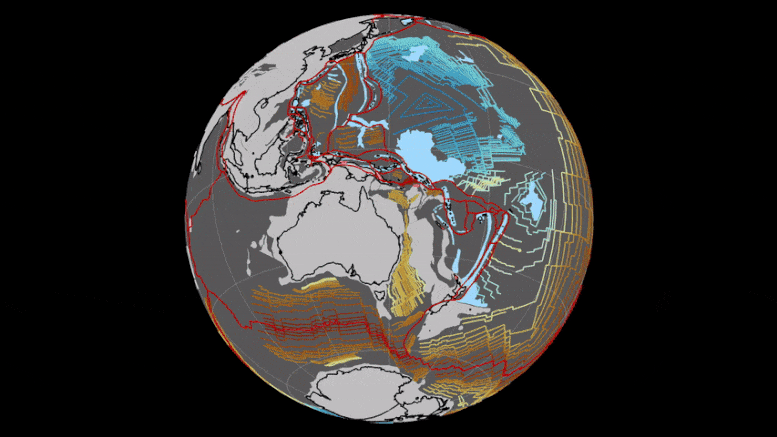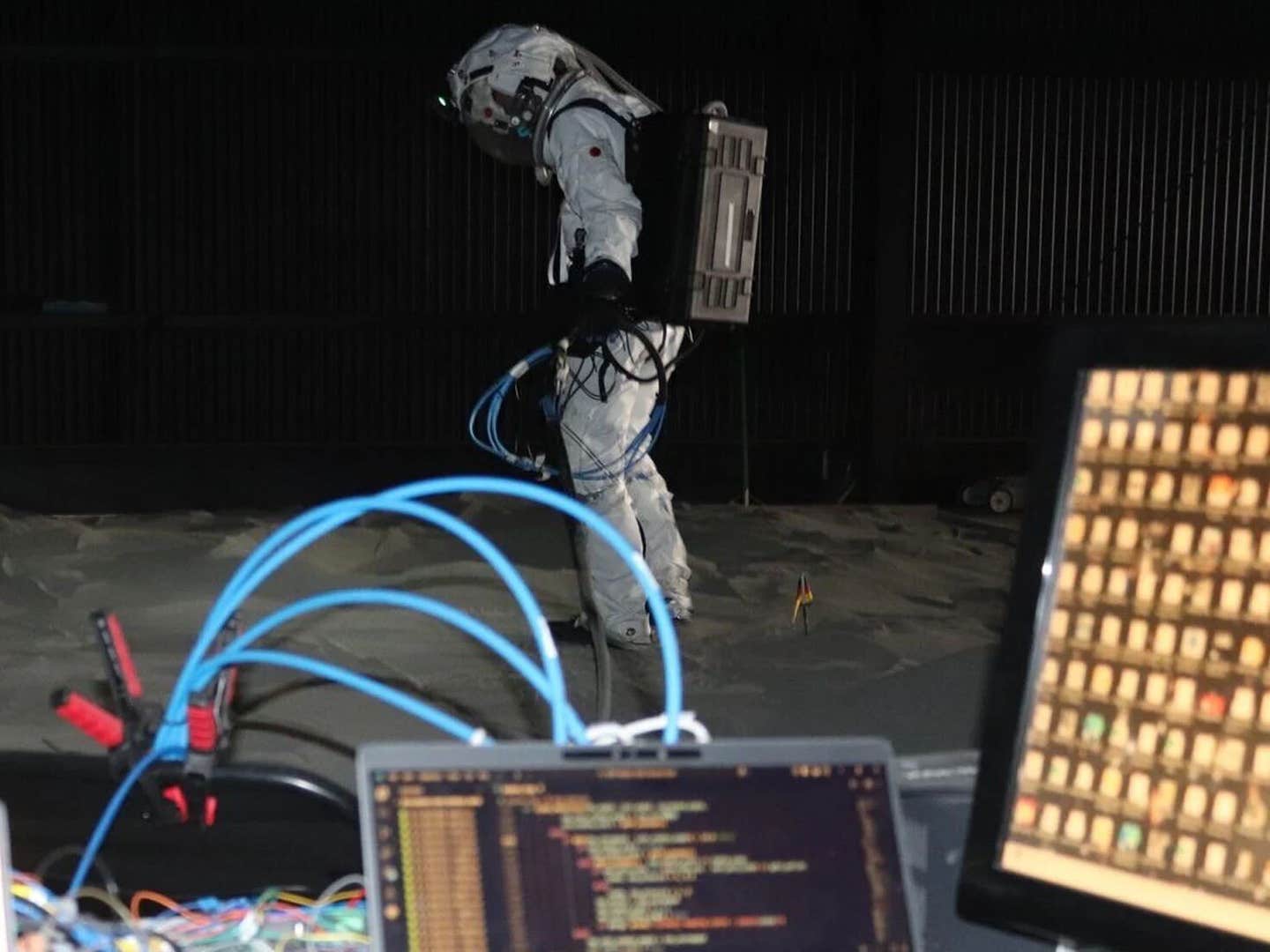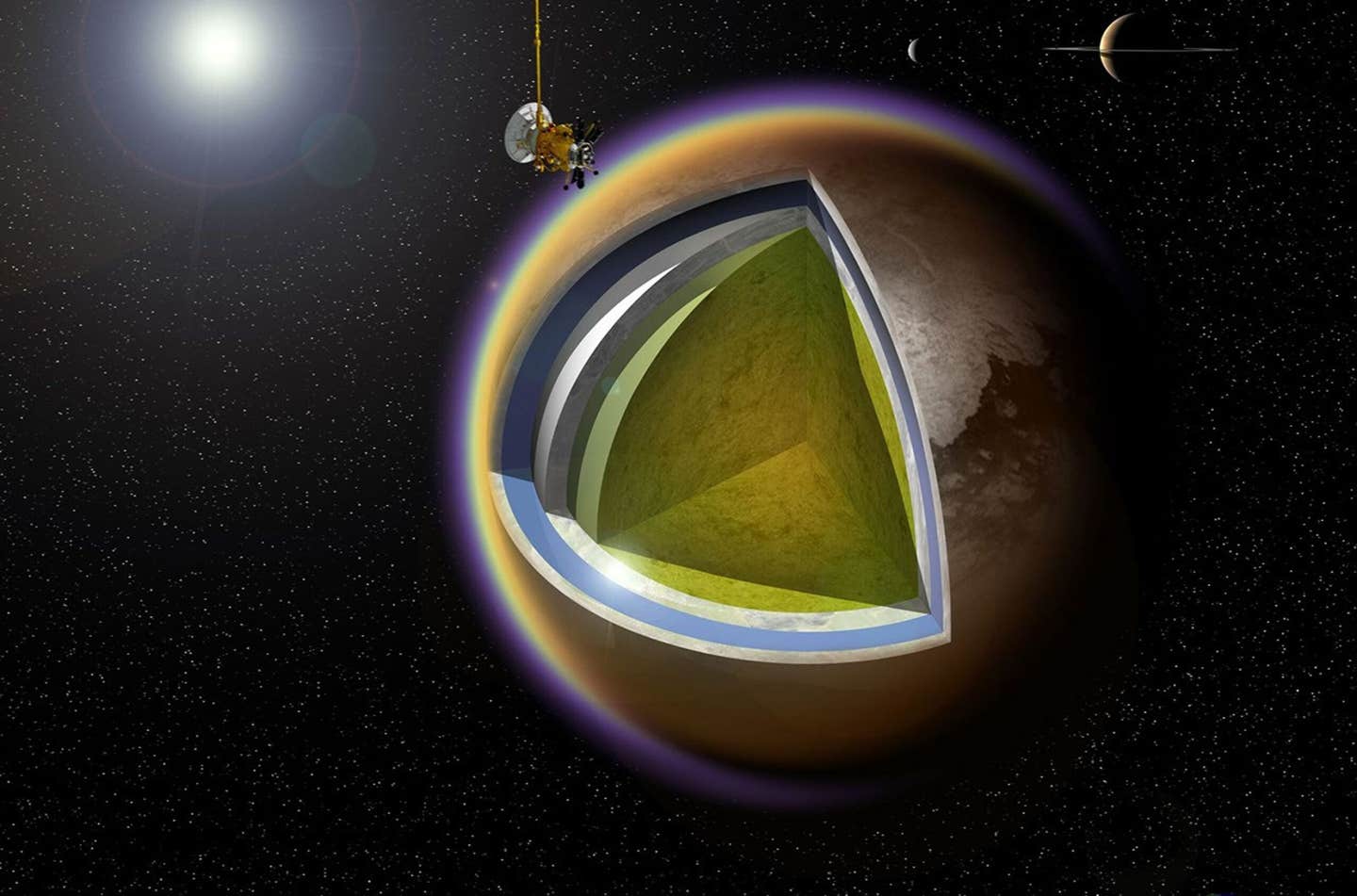Long-lost geological “mega-plate” resurfaces after 160 million years
In an unprecedented breakthrough, a tectonic plate thought to have disappeared into the annals of geological history has re-emerged.

[Oct. 11, 2023: Staff Writer, The Brighter Side of News]
In an unprecedented breakthrough, a tectonic plate thought to have disappeared into the annals of geological history has re-emerged. (CREDIT: Suzanna van de Lagemaat/Utrecht University)
In an unprecedented breakthrough, a tectonic plate thought to have disappeared into the annals of geological history has re-emerged. Scientists have now confirmed the existence of the Pontus plate in the west Pacific Ocean, an area draped in tectonic mystery.
When discussing the vast lexicon of plate tectonics, the name Pontus might not have made the list until now. This massive tectonic structure, once spanning an impressive 15 million square miles — approximately one quarter of the Pacific Ocean's expanse — had vanished beneath our Earth’s surface over millions of years. It was speculated that a neighboring plate's gravitational force instigated this subduction.
Tracing Pontus’s Legacy
The historical imprint of Pontus extends back a staggering 160 million years. More recent traces, dated around 20 million years ago, depict a considerably diminished size.
Kinematic reconstructions of the modern oceans and orogens have revealed how since the formation of the supercontinent Pangea in the late Paleozoic. (CREDIT: ScienceDirect)
Dr. Suzanna Van de Lagemaat from Utrecht University spearheaded the study that brought the Pontus plate back into the limelight. Her team utilized advanced computer modeling to scrutinize oceanic rocks, referred to as the "relics of Pontus." Their in-depth analysis has illuminated much about this ancient plate's intricate geological journey.
From Hypothesis to Revelation
A decade ago, researchers, including Van de Lagemaat, at Utrecht University, had postulated the existence of the Pontus plate. This hypothesis emerged when they identified fragments of ancient tectonic plates ensconced deep within Earth's mantle. Their predictions have now been vindicated.
Related Stories:
In their recent study, the team meticulously reconstructed the lost plates. This reconstruction amalgamated field research with exhaustive examinations of specific mountain belts — Japan, Borneo, the Philippines, New Guinea, and New Zealand — regions previously identified as being integral to the "most complicated plate tectonic region."
Van de Lagemaat highlighted the Philippines' geographical significance: "The Philippines is located at a complex junction of different plate systems. The region almost entirely consists of oceanic crust, but some pieces are raised above sea level and show rocks of very different ages."
Piecing Together the Tectonic Jigsaw
To fathom the magnitude and movements of the now-vanished plates, Van de Lagemaat’s team delved into the current plate motions between Japan and New Zealand. Their exploration in northern Borneo further revealed remnants of another unidentified plate.
Map of the Pangea-Tethys and Panthalassa plate tectonic realms separated by the Juction Region. Present-day plate boundaries are red (modified from Bird, 2003), relevant former plate boundaries are gray. Dark shaded areas behind colored realms are present-day subaerially exposed crust, the light shaded areas are submerged continental crust and thickened oceanic crust, i.e.,oceanic plateaus and island arcs. (CREDIT: ScienceDirect)
Reflecting on this revelation, Douwe van Hinsbergen, Dr. Van de Lagemaat’s PhD supervisor, commented, "We thought we were dealing with relics of a lost plate that we already knew about. But our magnetic lab research on those rocks indicated that our finds were originally from much farther north and had to be remnants of a different, previously unknown plate."
Discoveries extended beyond Borneo. Relics of the Pontus plate were also unearthed in Palawan, an island in the Western Philippines, and the South China Sea. This wide-spanning research now postulates the existence of a single coherent plate tectonic system stretching from southern Japan to New Zealand, believed to have been in place for over 150 million years.
Map of the reconstructed region. Present-day plate boundaries are red (modified from Bird, 2003), relevant former plate boundaries are gray. Marine magnetic anomalies are indicated by black lines, fracture zones are indicated by white lines. (CREDIT: ScienceDirect)
Previously, inklings of Pontus’s existence were derived from seismic signals. These signals, emanating from earthquakes, traverse zones within the Earth's mantle that contain traces left behind by subducted plates. The disturbance in these seismic waves often reveals fragments of tectonic plates.
Such cutting-edge techniques enable scientists to peer as far back as 300 million years into Earth’s past, discerning even the most ancient plate fragments that edge the boundary between Earth's core and mantle.
Geographic (A) and tectonic (B) maps of the Philippine Sea Plate region. Present-day plate boundaries are red (modified from Bird, 2003), relevant former plate boundaries are gray. Marine magnetic anomalies are indicated by white lines, fracture zones are indicated by black lines. (CREDIT: ScienceDirect)
Dr. Van de Lagemaat's groundbreaking discovery has validated a theory from over a decade ago, which posited the existence of a vast subduction zone cleaving the western paleo-Pacific Ocean. This zone demarcated the well-documented eastern Pacific plates from the once-presumed Pontus plate of the west.
For those keen on delving deeper into this landmark study, it is documented in the journal Gondwana Research.
With this rekindled knowledge of the Pontus plate, we are reminded of Earth's dynamic history, the layers that lie beneath us, and the ever-evolving story of our planet.
For more international good news stories check out our Global Good section at The Brighter Side of News.
Note: Materials provided above by The Brighter Side of News. Content may be edited for style and length.
Like these kind of feel good stories? Get the Brighter Side of News' newsletter.



